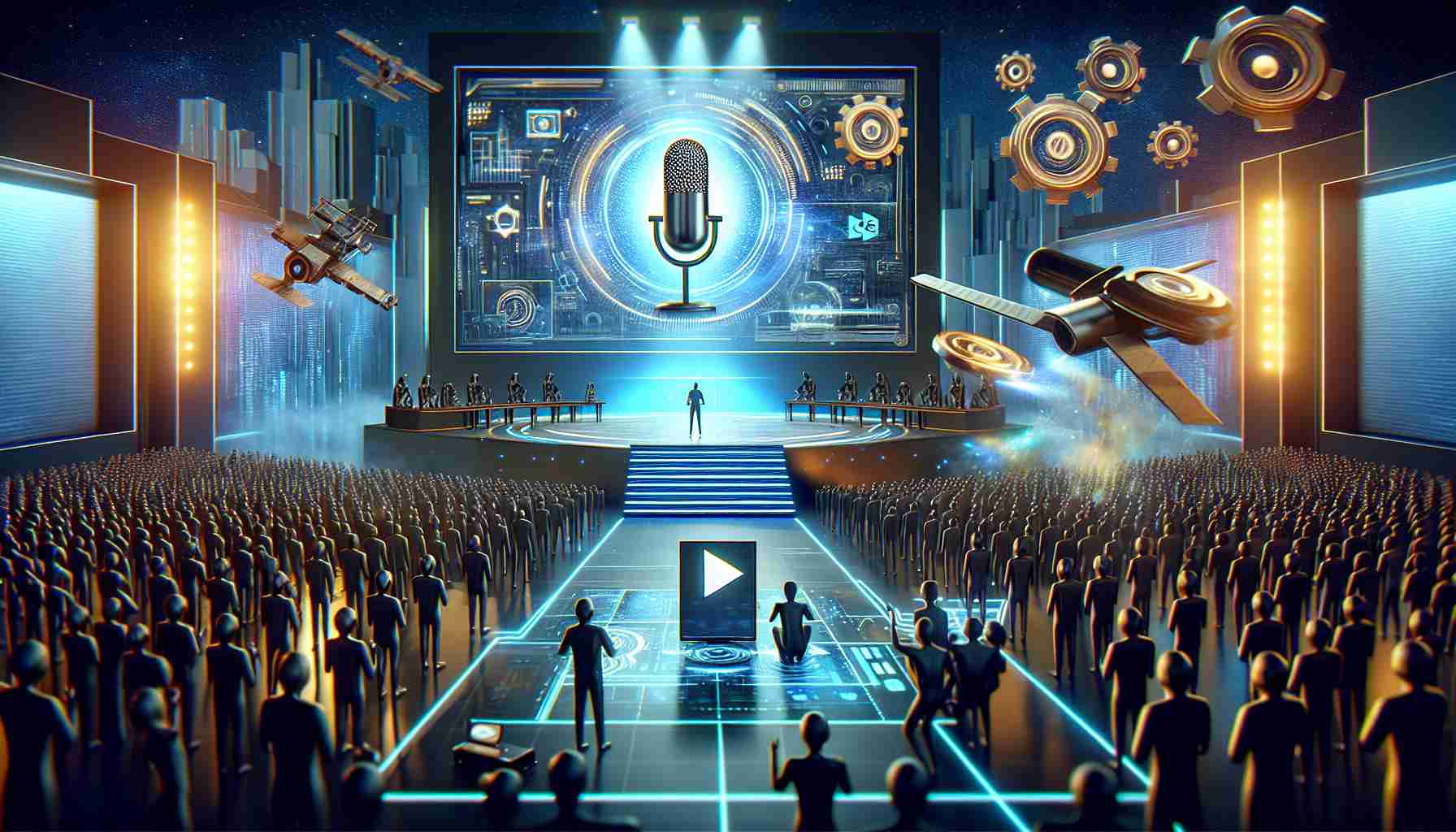OpenAI, the company behind the popular ChatGPT language model, has made another groundbreaking development in the field of artificial intelligence. They have recently introduced a remarkable video creation tool called Sora, which uses AI technology to bring user-specified descriptions to life on the screen.
Sora has captured the attention of many since its launch, with its ability to generate videos that range from realistic to futuristic, crazy to cartoonish. Users simply provide a description of what they want to see, and the AI model creates an entire video based on those specifications. The generated videos vary in quality and sometimes possess a video game-like aesthetic, setting them apart from reality. Nevertheless, they never fail to surprise viewers in their own unique way.
According to OpenAI, Sora is capable of creating complex scenes with multiple characters, specific movements, and precise details of subjects and backgrounds. The model not only understands the user’s prompt but also possesses a deep understanding of language, which enables it to accurately interpret cues and generate characters that express vibrant emotions.
OpenAI CEO Sam Altman announced the launch of Sora on the social media platform X, which resulted in an immediate influx of requests for new creations. In addition to the general public, OpenAI is also giving early access to cybersecurity experts, visual artists, designers, and filmmakers to collect feedback and improve the model for creative professionals.
Sora’s capabilities extend beyond generating videos solely from text instructions. The model can also take existing still images and animate them, paying attention to small details, as well as enlarge existing videos or fill in missing frames.
While Sora has shown remarkable potential, OpenAI acknowledges that the tool still has some flaws. It may struggle with accurately simulating the physics of complex scenes and understanding cause and effect. It can also occasionally confuse spatial details and struggle with precise descriptions of events that occur over time.
OpenAI is taking safety precautions before releasing Sora publicly. They are engaging with policymakers, educators, and artists to understand concerns and identify positive use cases for this technology. Additionally, they are working on tools to detect misleading content generated by Sora.
OpenAI’s commitment to learning from real-world use and continuously improving the safety of their AI systems highlights their responsible approach toward the development and deployment of AI technology.
In conclusion, Sora represents a significant advancement in video creation, using the power of AI to turn text instructions into engaging and dynamic visuals. With further refinements and safety measures, this revolutionary tool has the potential to revolutionize the creative process and pave the way for exciting possibilities in various industries.
Frequently Asked Questions (FAQ) about Sora:
1. What is Sora?
Sora is a video creation tool developed by OpenAI. It uses AI technology to bring user-specified descriptions to life and generate videos based on those specifications.
2. How does Sora work?
Users provide a description of what they want to see, and the AI model behind Sora creates an entire video based on those specifications. It can generate videos ranging from realistic to futuristic, crazy to cartoonish.
3. What are the capabilities of Sora?
Sora can create complex scenes with multiple characters, specific movements, and precise details of subjects and backgrounds. The AI model understands the user’s prompt and possesses a deep understanding of language, enabling it to accurately interpret cues and generate characters with vibrant emotions.
4. Can Sora work with existing images and videos?
Yes, Sora can take existing still images and animate them, paying attention to small details. It can also enlarge existing videos and fill in missing frames.
5. What are the limitations of Sora?
While Sora has shown remarkable potential, it may struggle with accurately simulating the physics of complex scenes and understanding cause and effect. It may also occasionally confuse spatial details and struggle with precise descriptions of events that occur over time.
6. How is OpenAI addressing safety concerns with Sora?
OpenAI is engaging with policymakers, educators, and artists to understand concerns and identify positive use cases for the technology. They are also working on tools to detect misleading content generated by Sora, ensuring safety and responsible use.
7. Who has access to Sora?
Besides the general public, OpenAI is providing early access to cybersecurity experts, visual artists, designers, and filmmakers to collect feedback and improve the model for creative professionals.
8. What is OpenAI’s approach to the development and deployment of AI technology?
OpenAI is committed to learning from real-world use and continuously improving the safety of their AI systems. They prioritize responsible development and work towards addressing concerns and ensuring positive outcomes with AI technology.
Related links:
– openai.com (Official OpenAI website)
– ChatGPT by OpenAI
The source of the article is from the blog lanoticiadigital.com.ar

